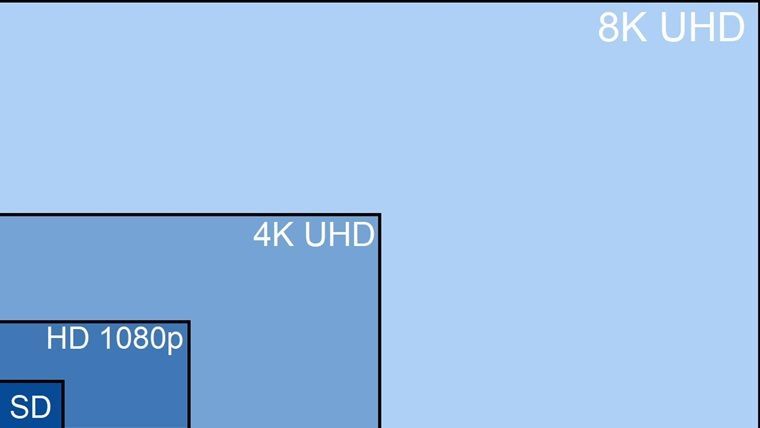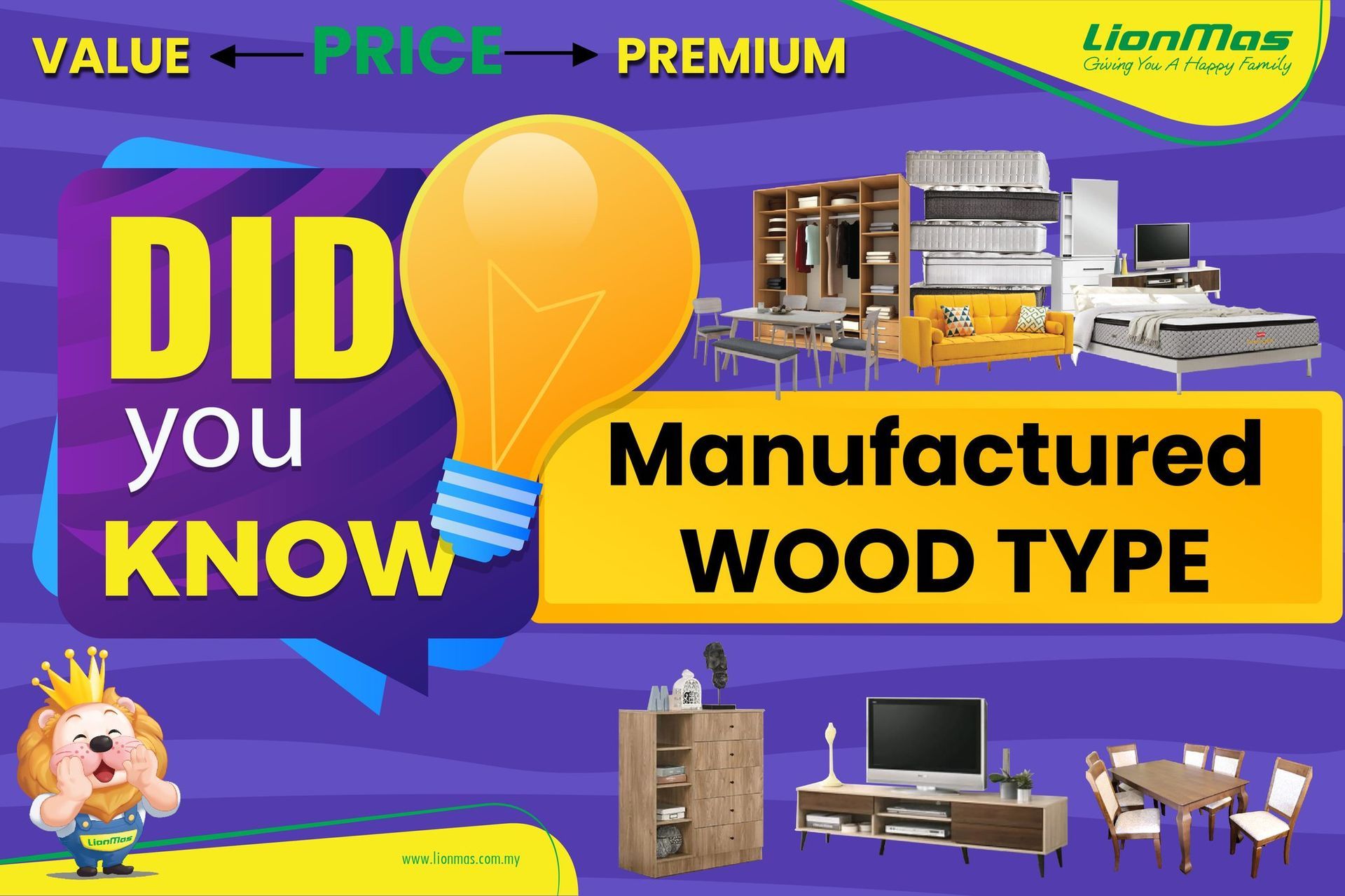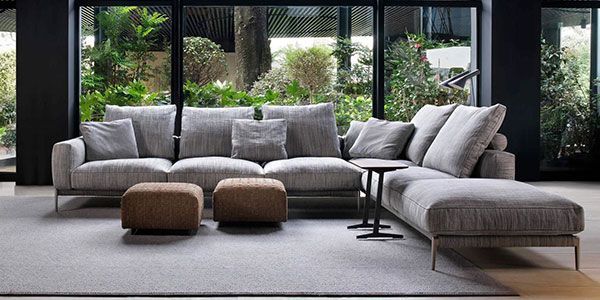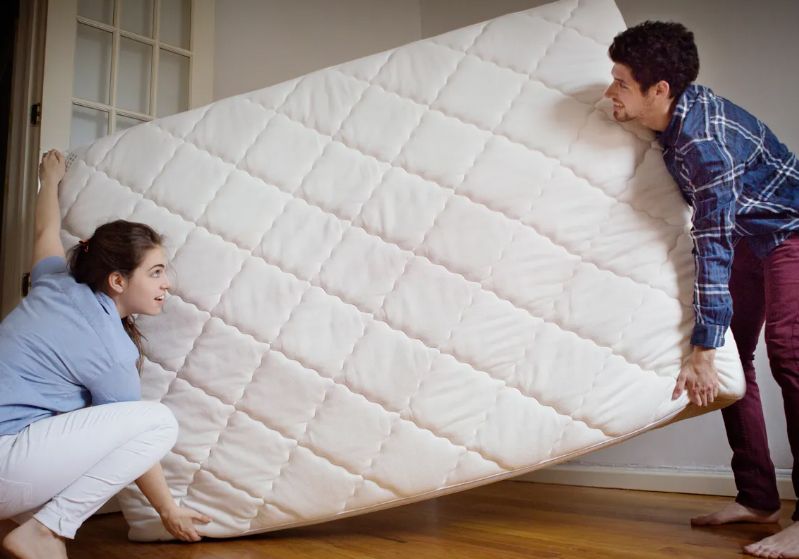Why Should You Change Your Mattress?
LCD or OLED? HD or 4K? What is HDR? Our expert guide will help you find the right TV for your budget.
What is a smart TV and what can it do?
The word 'smart' is getting a lot of use with TVs these days and it's constantly changing. It used to refer to whether the TV can connect to the internet and home networks, like your computer or smartphone, but 'smartness' continues to evolve as TVs become more sophisticated in the apps they provide and the connectivity they have with other smart devices in your home.
If smart functionality is important to you, go for a smart TV from a top-tier brand, such as LG, Sony or Samsung, as the smarts in cheaper TVs tend to be poorly implemented. The most important thing is to make sure the TV has the smart functionality you need.
A connected smart TV can stream media from Netflix, Disney+ and other subscription services over your home network. You can also catch up on broadcast TV whenever you like using apps like ABC iView or SBS On Demand. These apps can be installed on smart TVs so you don't need to use an additional device (like an Apple TV or a games console).
Many offer casting or Wi-Fi Direct, where the device makes a one-to-one network connection with your smartphone. This can even extend to smart device support so you can control other devices like speakers, lights and home security cameras. Smart TVs can also easily apply security and system updates to improve the TV's features and performance.
LCD vs OLED screens – which is better?
Walk into a home electronics store and you'll be bombarded with a cornucopia of letters that determine the TV screen type.
If the TV is well made, the LCD or OLED credentials will make very little difference to the quality of the image. There are differences but for the most part they're a good deal less important than the quality of the manufacturer.
LCD TVs
An LCD (liquid-crystal display) screen needs a light source behind it, which will either be CCFL (cold cathode fluorescent lamp) or LED (light-emitting diode) technology. CCFL technology has been replaced by LEDs. LED-lit TVs are cheaper to run because the lights have a relatively lower power usage. Some manufacturers and retailers will have you believe that LED is a completely different technology to LCD, but it's just a marketing ploy. LED is the light to illuminate the picture information displayed on the LCD.Compared to OLED, LCD TVs are typically brighter. However, colours don't tend to be quite as rich or vibrant, and dark scenes can look a little grey.
OLED TVs
OLED TVs can produce very vibrant colour and good contrast – better than most LED equivalents. Unlike LCDs, which must be backlit, OLEDs use millions of LEDs with the lighting component integrated into the pixel providing both the colour and the luminance.
What this means is when a picture element (or pixel) requires completely black, all that's required is for the pixel to be turned off. This is what 'true blacks' refers to. But OLED technology can't get as bright as LCD, so you'll need a darker room for optimal viewing. However, brightness levels have been improving year on year. While several brands sell OLED TVs, until recently the actual panels have been manufactured by LG across the board. This means the technology is the same, so it all comes down to how each manufacturer utilises it. Samsung released its second round of OLED TVs in 2023 produced by Samsung, providing the company with the ability to deliver exactly what they would consider to be the best OLED experience.
QLED TVs
This is a hybrid system of sorts that combines elements of LCD and LED panels to replicate the contrast and vibrant look of an OLED while retaining the brightness of an LCD. While it works to some degree, this jack-of-all-trades design means it can't achieve true blacks like an OLED, but you can get a brighter picture than an OLED.
Screen resolution: Your options
When you see the term resolution when looking to buy a TV, what does it mean and why should you care?
A TV's resolution is defined by the number of picture elements or pixels on the screen with a figure to show how many pixels are across the screen and from top to bottom. So 1920 x 1080 is an indication of resolution for a TV where there are 1920 horizontal pixels and 1080 vertical pixels. Basically, the higher the resolution, the less likely it is you'll see dots on the screen when watching a movie.
SD or standard definition resolution is what you would have watched in the '90s up until the early 2000s when HD (high definition) started to appear. These days 4K is more or less the standard for TVs and you'll be hard-pressed to find a brand new HD unit.

How to get the best sound quality
TV speakers have improved over the years, but they rarely sound as good as a soundbar or anything like a home cinema. So if you want to stick with the speakers in your next TV, listen out for these indicators when when you go shopping instore.
Good sound
Good sound should be balanced. You don't want certain elements of the mix, such as bass, to be too prominent. Keep an ear out for clear dialogue, warm, resonant, full-sounding bass, and clear and punchy details for short and high-frequency sounds like gunshots.
Solid presence, which is the feeling that you're in the same room as the action you're seeing on screen, is equally important. This can make the audio feel exciting.
A sense of separation between the left and right speakers will improve immersion along with good dynamics. This is the difference between soft and loud sounds. It helps keep audio frequencies separate so it sounds more exciting and less like a brick wall – footsteps shouldn't be the same volume as an explosion.
Bad sound
More or less the opposite of good sound, particularly an unbalanced mix. Overly boomy bass can muffle or muddy things up while tinny, hollow, harsh or retrenched sounds leave a feeling that something is missing. It can also lack body or sound like the audio is coming down a phone line. Keep an ear out for hiss and distortion as well.
Brick-walling, where the audio sounds like it's at the same volume so it seems flat, is another problem that destroys detail and nuance. Particularly loud speakers, especially the bass, can cause case rumble too. It's distracting and changes the tone of the audio and is also the area we really penalise the TV for in our listening test as it's not something you can fix in the TV settings.
Retailers love to put on loud, punchy audio because it has an immediate impact that sounds impressive. But loud doesn't always mean good and after a while, you'll find that movies and shows sound rather boring due to the flat audio.











